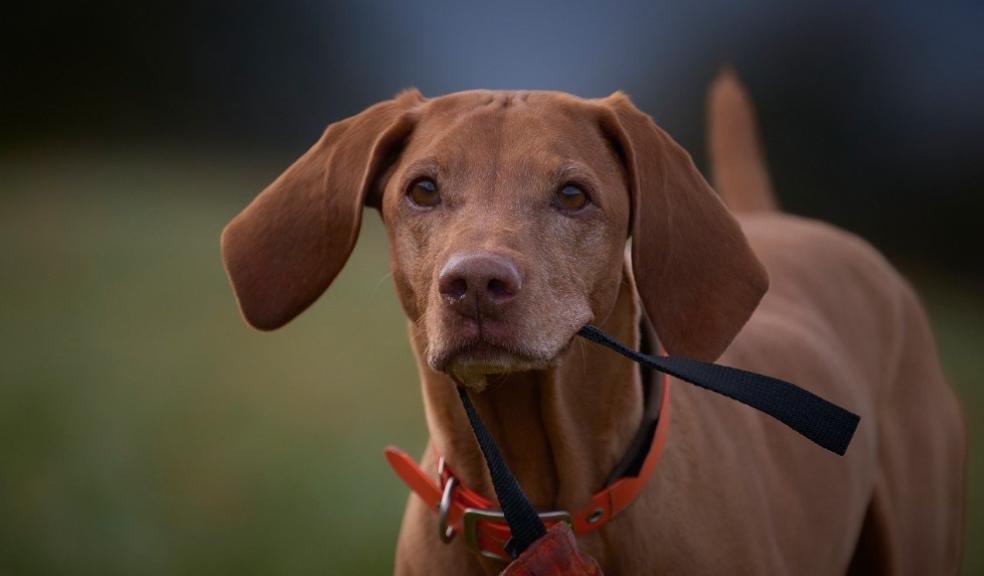
How to Stop Your Gundog Shutting Down in Training
Trainers are being advised on strategies to prevent their gundog shutting down during training.
The dog training experts at ACME Kennels have revealed their five top tips to prevent shut down before it starts, resulting in a resilient and obedient gundog.
One of the more puzzling and disheartening challenges a handler might face is when their dog seems to ‘shut down’ during training. This can take many forms- from refusal to engage, a sudden loss of enthusiasm, freezing, or even walking away from tasks.
By following practical, compassionate strategies like layering in difficulty gradually, and tailoring approaches to the dog’s unique temperament there are ways to ensure they thrive while training without shutting down.
Ben from ACME Kennels, said: “When a gundog shuts down during training, it can feel like everything is unravelling, but with the right approach there are ways to stop this happening.
“Every handler wants a capable, confident gundog- but those qualities are built through patience, not pressure, so it is important to create a space where your dog can learn without fear, thrive without pressure, and recover quickly when things go wrong.
“Our tips will help trainers create an environment that supports emotional well-being, so they feel safe, understood, and encouraged in training.”
Five top tips to prevent shutdown in gundogs before it starts, according to ACME Kennels:
1. Prioritise Clarity Over Complexity
Dogs don’t shut down because they’re unwilling; they shut down because they’re unsure. Clarity in your communication is one of the best ways to prevent this. Use consistent commands, clear hand signals, and logical progressions from one skill to the next. If a dog fails to respond, always ask yourself: Did they understand the question? Instead of jumping straight to correction, consider whether your training cues or expectations were too vague or too advanced.
2. Layer in Difficulty Gradually
Just like humans, dogs need to build skills step by step. Introducing distractions, distance, or new environments should happen one variable at a time. This prevents overwhelm and builds confidence at each stage. For example, before expecting a dog to hold a sit with another dog nearby, make sure they’ve practised it in quiet settings so they can understand and cope with pressure, rather than react to it.
3. Make Success Easy to Access
Even when you're challenging your dog, you can set up sessions for small wins. If every training task ends in a struggle, the dog may begin to associate work with failure. A gundog that believes it can succeed is one that stays switched on and willing.
4. Understand and Respect Temperament
Spend time observing what lifts your dog’s energy and what drains it to predict when they’re reaching their limit, and step in with the right adjustment before they tip into shutdown because every gundog has a unique personality. A bold, driven dog may thrive on high-energy drills, while a soft-natured dog might prefer quiet one-to-one sessions. Tailoring your approach to your dog’s temperament helps avoid emotional fatigue.
5. Stay Flexible and Observant
Even with the best plan, things don’t always go to script when training. A change in weather, a noisy environment, or even a restless mood can throw off a session. The best handlers are always adjusting in real-time, reading their dog’s signals, and choosing empathy over ego.







